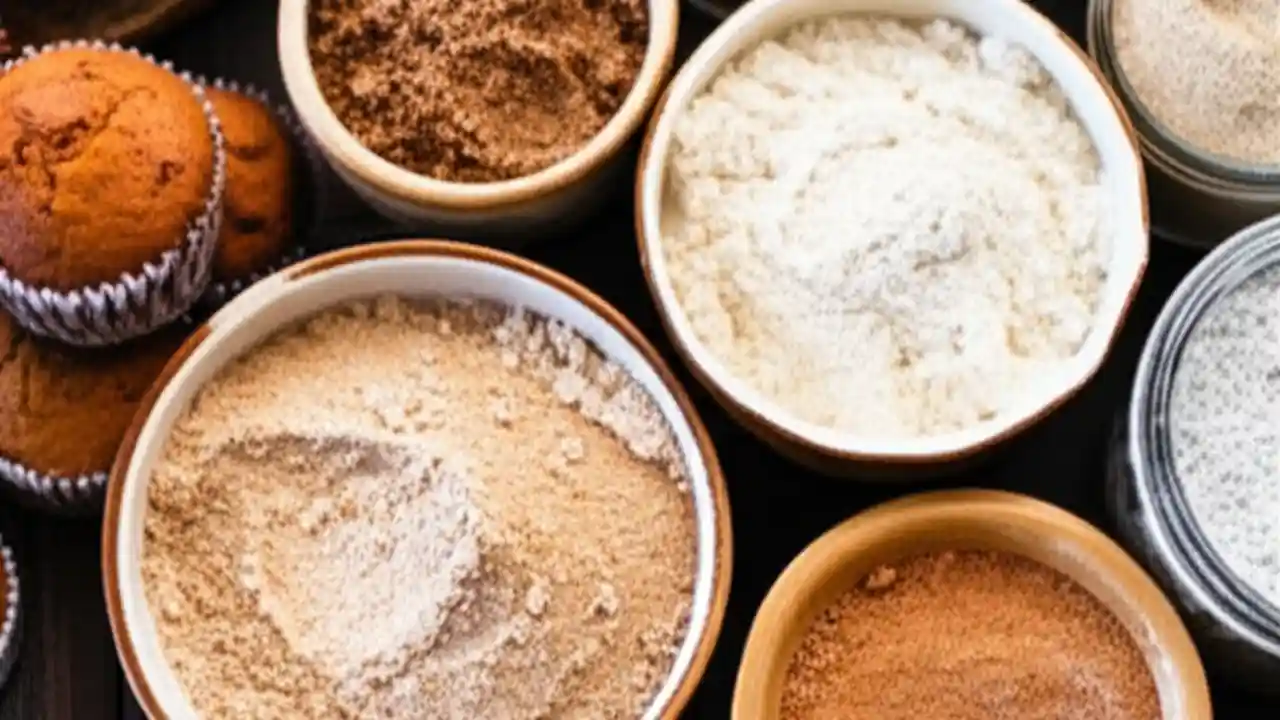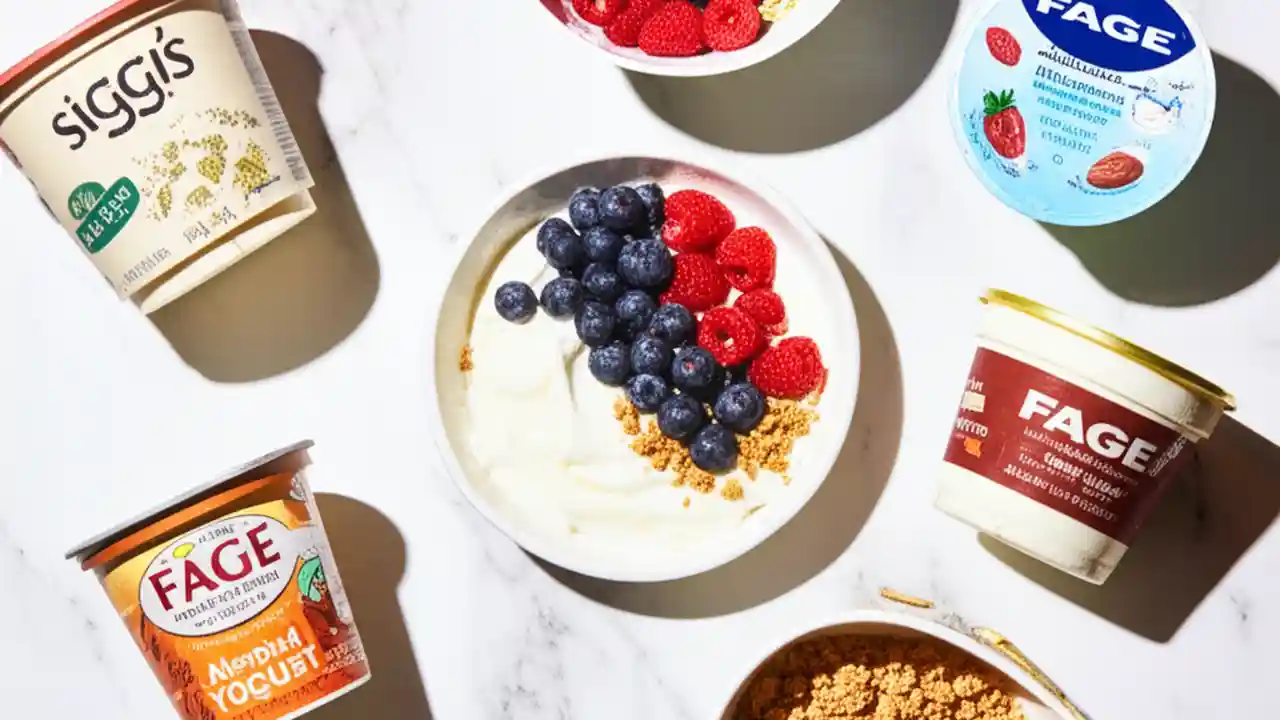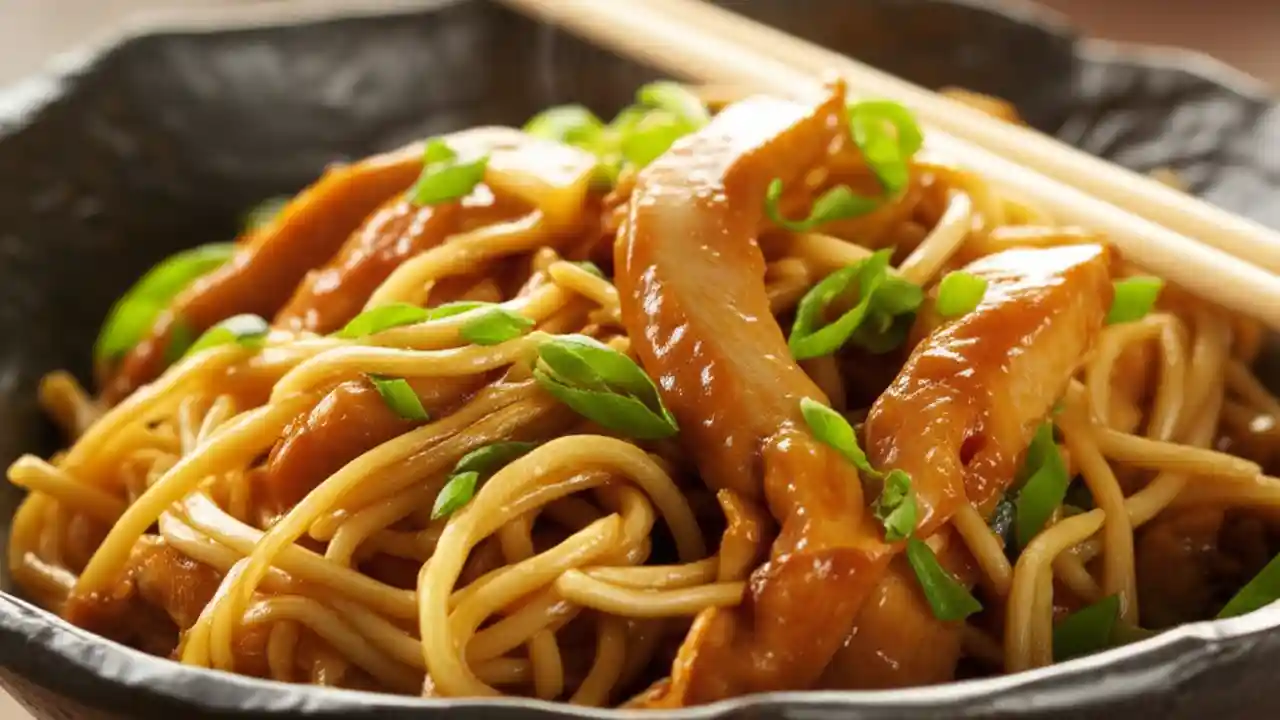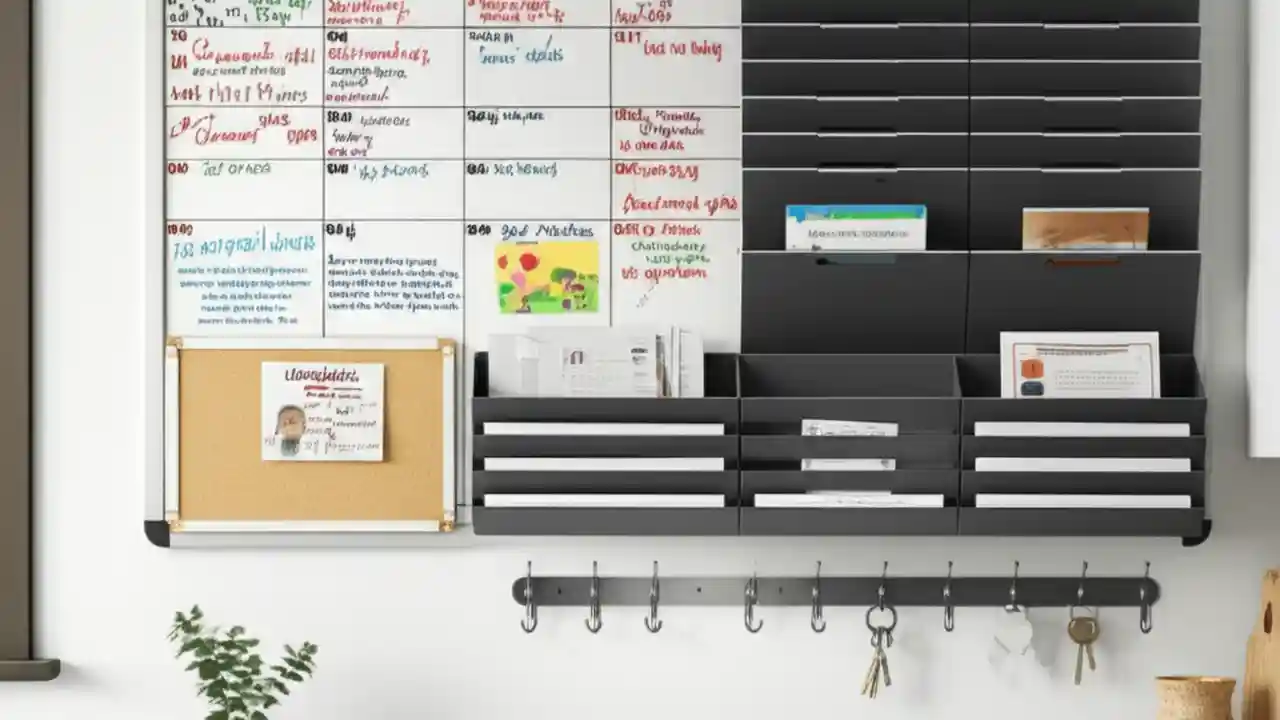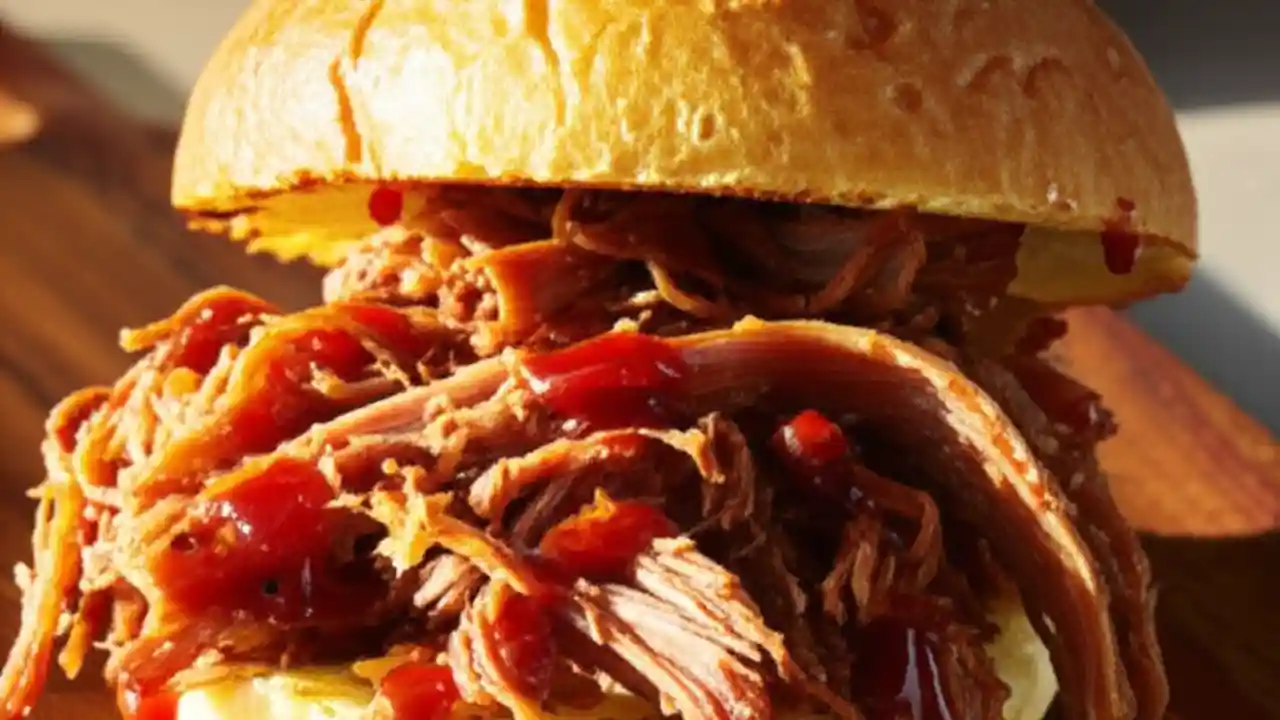I can’t count the number of times I’ve craved lo mein, ordered takeout, and been met with a greasy, underwhelming container of noodles. For years, my homemade attempts weren’t much better—either the sauce was bland or the noodles turned to mush. It was frustrating. The breakthrough came when I stopped treating the sauce like a simmering liquid and started treating it like a finishing glaze.
The secret is shockingly simple: you never boil the sauce with the noodles. You create a perfectly balanced, flavor-packed sauce on the side, and then toss it with the hot, cooked ingredients in the final 30 seconds. This one change preserves the vibrant flavors of the soy, sesame, and ginger, and ensures your noodles stay perfectly chewy, never soggy. It’s the technique that separates amateur attempts from restaurant-quality results, right in your own kitchen.
This Quick and Easy Chicken Lo Mein recipe is the culmination of that discovery. I promise you a meal that’s not only faster than waiting for a delivery driver but infinitely more delicious and satisfying. We’re talking tender, juicy chicken, crisp-tender veggies, and slurp-worthy noodles coated in a savory, glossy sauce that clings to every single strand. This isn’t just a recipe; it’s your new weeknight superpower, ready in under 30 minutes.
Table of Contents
Family Feedback
“James, this is the one. I made this for dinner tonight and my husband, who is the world’s biggest lo mein critic, said it was better than our favorite spot downtown. The sauce is absolutely perfect! I’m never ordering takeout lo mein again. Thank you!”
“That lo mein recipe is a lifesaver. I had a crazy busy day and almost gave in to ordering a pizza, but I remembered you said it was fast. You weren’t kidding! 25 minutes flat, and it tasted incredible. The tip about not overcooking the noodles made all the difference. It’s a keeper.”
Recipe Card
| Course | Dinner, Main Course |
| Cuisine | Asian, American Chinese |
| Featuring | Better Than Takeout, One-Pan Meal, Quick Stir-Fry, Ginger Garlic Sauce |
| Prep Time | 15 minutes |
| Cook Time | 10 minutes |
| Total Time | 25 minutes |
| Servings | 4 servings |
| Calories | 560 kcal |
| Author | James |
Ingredients
- 1 lb (450g) boneless, skinless chicken thighs, cut into bite-sized pieces
- 8 oz (225g) lo mein noodles, fresh or dried
- 1 tbsp avocado oil or other high-heat oil, divided
- 2 cloves garlic, finely minced
- 1 tsp fresh ginger, grated
- 1 carrot, julienned or thinly sliced
- 1 red bell pepper, thinly sliced
- 2 cups bok choy, roughly chopped
- 2 scallions, green parts only, thinly sliced for garnish
- 1 tsp toasted sesame seeds, for garnish
For the Lo Mein Sauce:
- 1/4 cup low-sodium soy sauce
- 2 tbsp oyster sauce
- 1 tbsp dark soy sauce (for color and depth)
- 1 tbsp brown sugar, packed
- 1 tbsp toasted sesame oil
- 1 tsp rice vinegar
- 1/4 tsp white pepper
- 2 tbsp water
For the Cornstarch Slurry:
- 1 tsp cornstarch
- 1 tbsp cold water
Using chicken thighs is my non-negotiable for this recipe; they stay incredibly juicy and flavorful, unlike chicken breast which can dry out quickly in a hot wok. Low-sodium soy sauce is crucial for controlling the salt level, allowing the other flavors to shine. Don’t skip the dark soy sauce—it adds that beautiful, rich color you see in restaurants.
Instructions
- Prepare the Sauce: In a small bowl, whisk together all the sauce ingredients: low-sodium soy sauce, oyster sauce, dark soy sauce, brown sugar, toasted sesame oil, rice vinegar, white pepper, and 2 tbsp of water. Set aside. In a separate tiny bowl, mix the cornstarch and 1 tbsp of cold water to create the slurry.
- Cook the Noodles: Bring a large pot of water to a boil. Cook the lo mein noodles according to package directions until they are just al dente (slightly firm). Do not overcook them. Immediately drain the noodles and rinse them under cold running water to stop the cooking process and prevent sticking. Set aside.
- Cook the Chicken: Pat the chicken thigh pieces dry with a paper towel. Heat 1/2 tbsp of avocado oil in a large skillet or wok over high heat until it shimmers. Add the chicken in a single layer and cook for 3-4 minutes, stirring occasionally, until golden brown and cooked through. Remove the chicken from the wok and set it aside on a plate.
- Sauté Aromatics and Veggies: Add the remaining 1/2 tbsp of oil to the same wok. Add the minced garlic and grated ginger and stir-fry for about 30 seconds until fragrant. Add the julienned carrots and sliced bell pepper. Stir-fry for 2-3 minutes until they are crisp-tender.
- Combine and Finish: Add the chopped bok choy to the wok and stir-fry for 1 minute until it just begins to wilt. Return the cooked chicken to the wok, along with the drained noodles.
- Add the Sauce: Give your prepared sauce a quick re-whisk. Pour the sauce over the noodles, chicken, and vegetables. Give the cornstarch slurry a quick stir and add it as well. Toss everything together continuously for about 1-2 minutes, until the sauce thickens, bubbles, and beautifully coats every ingredient.
- Serve Immediately: Remove the wok from the heat. Serve the chicken lo mein immediately, garnished with fresh sliced scallions and toasted sesame seeds.
Secrets to the Perfect Chicken Lo Mein
- The Cold Rinse is Critical: This is the tip that changed my lo mein game forever. Rinsing the just-cooked noodles in cold water does two things: it instantly stops them from cooking further, preventing a mushy texture, and it washes away excess starch, which keeps them from clumping together in the wok. Don’t skip this step.
- My Biggest Mistake (Don’t Crowd the Pan): When I first started making stir-fries, I’d throw everything in the pan at once. The result? Steamed, soggy vegetables and pale chicken. The secret to that signature “wok hei” flavor at home is high heat and cooking in batches. Cook the chicken first, remove it, then cook the veggies. This ensures everything gets a proper, high-heat sear.
- Mise en Place is Your Best Friend: A stir-fry cooks incredibly fast. The entire cooking process is about 10 minutes. You won’t have time to chop a carrot while the garlic is sizzling. Before you even turn on the stove, have every single ingredient—chopped veggies, measured sauce, cooked noodles—ready and waiting by your side. This makes the process smooth, fun, and stress-free.
- Recipe Variations for Fun: This recipe is a fantastic template. Swap the chicken for thinly sliced beef (flank steak works well) or peeled shrimp (add them in the last 2 minutes of cooking). For a vegetarian version, use firm tofu and add more veggies like broccoli florets, snow peas, or sliced mushrooms. A pinch of red pepper flakes in the sauce adds a nice kick of heat.
- Storing and Reheating: Store leftovers in an airtight container in the refrigerator for up to 3 days. The microwave can make noodles rubbery. The best way to reheat is in a hot skillet over medium-high heat. Add a splash of water or chicken broth to create steam, and toss the lo mein for a couple of minutes until heated through. This helps refresh the noodles and sauce.
Nutrition Facts (Per Serving)
| Calories | Fat | Carbs | Protein |
|---|---|---|---|
| 560 kcal | 22 g | 55 g | 36 g |
Please note that nutrition information is an estimate and can vary based on the specific ingredients used.
Frequently Asked Questions
Can I use spaghetti instead of lo mein noodles?
Absolutely. While fresh lo mein noodles provide the classic chewy texture, regular spaghetti or fettuccine make a fantastic substitute in a pinch. Cook the spaghetti to al dente according to package directions, then proceed with the recipe exactly as written, including the crucial cold water rinse step.
How do I keep my chicken from getting dry?
The best defense against dry chicken is using chicken thighs. Their higher fat content keeps them moist and flavorful even in the high heat of a wok. If you must use chicken breast, I recommend a quick “velveting” technique: toss the bite-sized pieces with 1 teaspoon of cornstarch, 1 teaspoon of soy sauce, and 1 teaspoon of oil before cooking. This creates a protective layer that locks in moisture.
Is this chicken lo mein recipe healthy?
This homemade version is significantly healthier than most takeout options. You have complete control over the ingredients, meaning you can use less oil, less sugar, and low-sodium soy sauce to manage the salt content. It’s also packed with fresh vegetables, making it a well-rounded and satisfying meal.
What’s the difference between lo mein and chow mein?
It’s a great question that comes down to the noodles and preparation. In Lo Mein, the soft, boiled noodles are tossed with the sauce at the end, making it a “saucy” noodle dish. In Chow Mein, the noodles are typically fried until crispy and the sauce and other ingredients are served over them. Our recipe is a classic Lo Mein.


